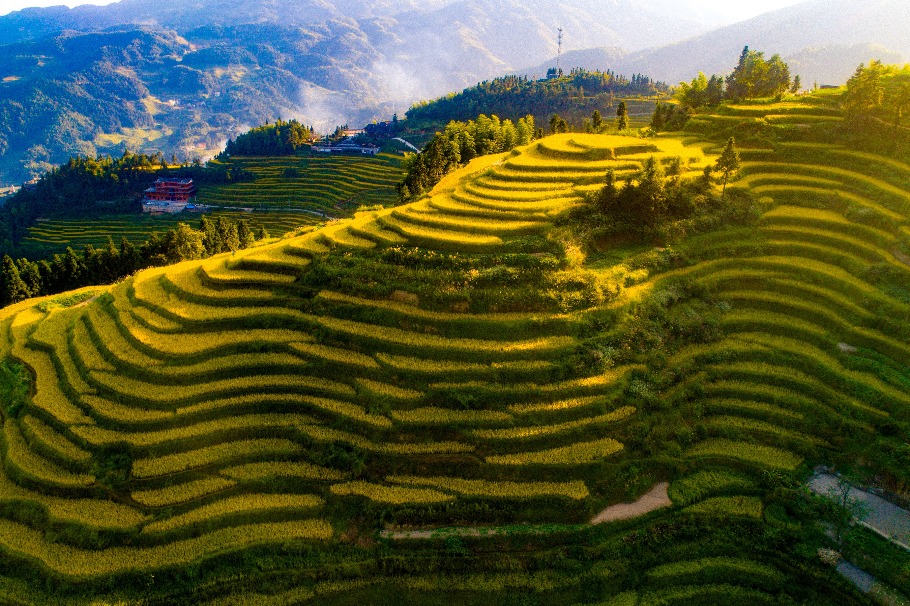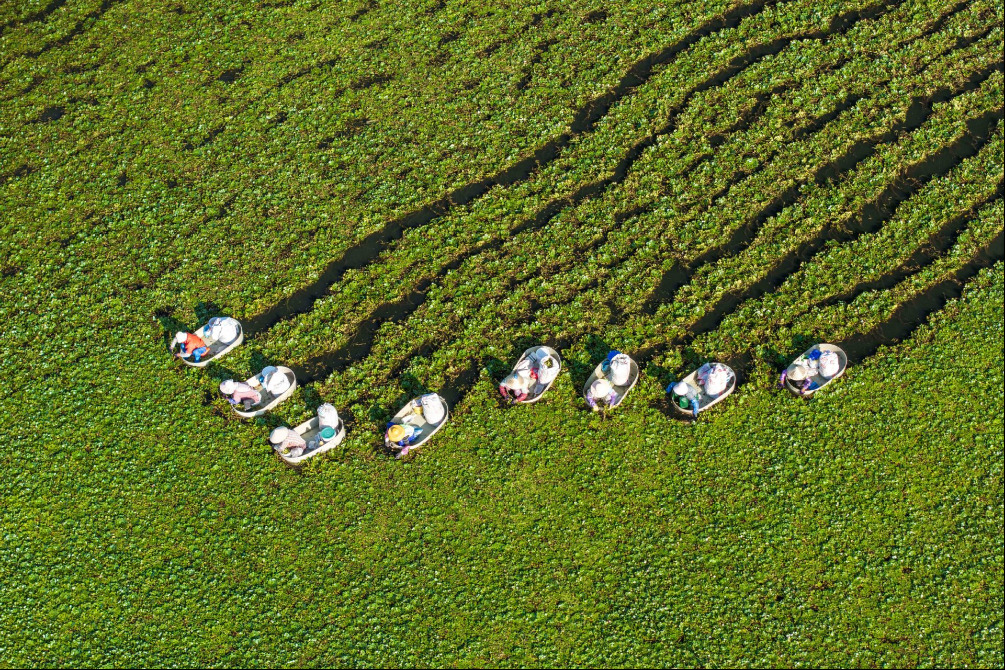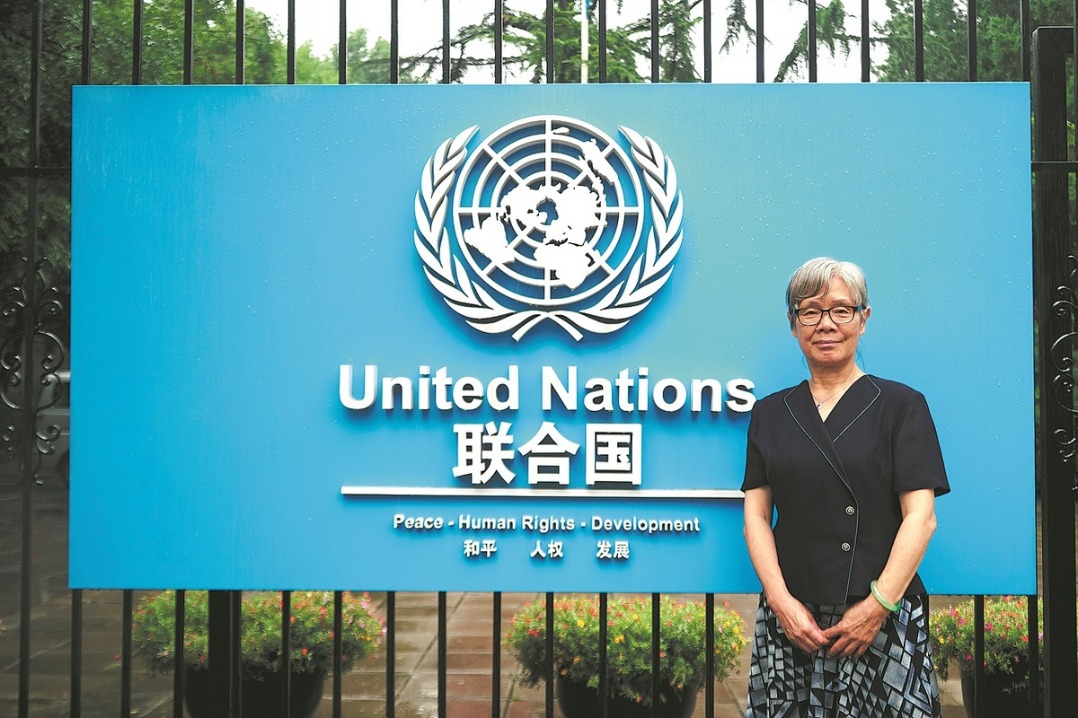'Blue carbon' ecosystems highlighted at forum as key to tackling climate change

Scientists and policymakers from home and abroad have called for stronger cooperation to leverage the ocean's potential in combating climate change through "blue carbon" ecosystems.
They made the suggestion on Friday when attending the 2025 Hainan Blue Carbon Forum, hosted by the Hainan International Blue Carbon Research Center. The event highlighted coastal ecosystems such as mangroves, seagrass meadows and salt tidal marshes as powerful natural carbon sinks.
While exchanging ideas on the topics, these experts also stressed the need for global standards to measure, verify and trade blue carbon credits to integrate them effectively into climate strategies.
Zhang Zhifeng, deputy director of the Department of Marine Ecology and Environment with the Ministry of Ecology and Environment, outlined China's plan to incorporate blue carbon into its upcoming 15th Five-Year Plan (2026-30) for marine ecology.
He underscored that oceans, the planet's largest carbon sink, absorb about 30 percent of carbon dioxide emissions caused by humans annually and have taken in over 40 percent of fossil fuel carbon dioxide released in the past two centuries.
"China will enhance ecosystem protection through the restoration of mangroves, seagrass beds and salt tidal marshes, while also advancing carbon capture and storage technologies," he said, adding that the country aims to develop standardized systems for measuring blue carbon credits, and deepen international collaboration in research and policy development.
Bao Daming, director general of the Interim Secretariat of the International Mangrove Center, described mangroves as one of the most effective natural carbon sinks. "Mangroves store up to five times more carbon per hectare than terrestrial forests," he said, calling them "the coast guards and lungs of the ocean". Beyond carbon sequestration, they protect shorelines, support fisheries and enhance biodiversity.
Regarding Hainan, China's tropical island province, as a hub for blue carbon research, Xing Qiao, head of the Hainan International Blue Carbon Research Center, said that the province has restored nearly 3,000 hectares of mangroves and established a network of carbon monitoring stations.
Recent surveys have shown that Hainan's mangroves store an average of 274 metric tons of carbon per hectare, the highest rate in China, revealing that the province is also pioneering carbon accounting standards and has set up a Marine Negative Emissions Research Base to explore new ways to enhance ocean carbon storage.
Wang Aimin, chief scientist at the center who has dedicated himself to the construction of marine ranches in the waters around Wuzhizhou island in Sanya since 2010, explained that the abundant bivalves attached to coral reefs and artificial fish reefs in marine ranches not only help filter and purify water but also play a significant role in carbon sequestration, contributing to the development of blue carbon research in Hainan.
Nina Buchmann, a professor of ETH Zurich, also emphasized the need to balance ecosystem emissions and sequestration in climate models at the forum.





































